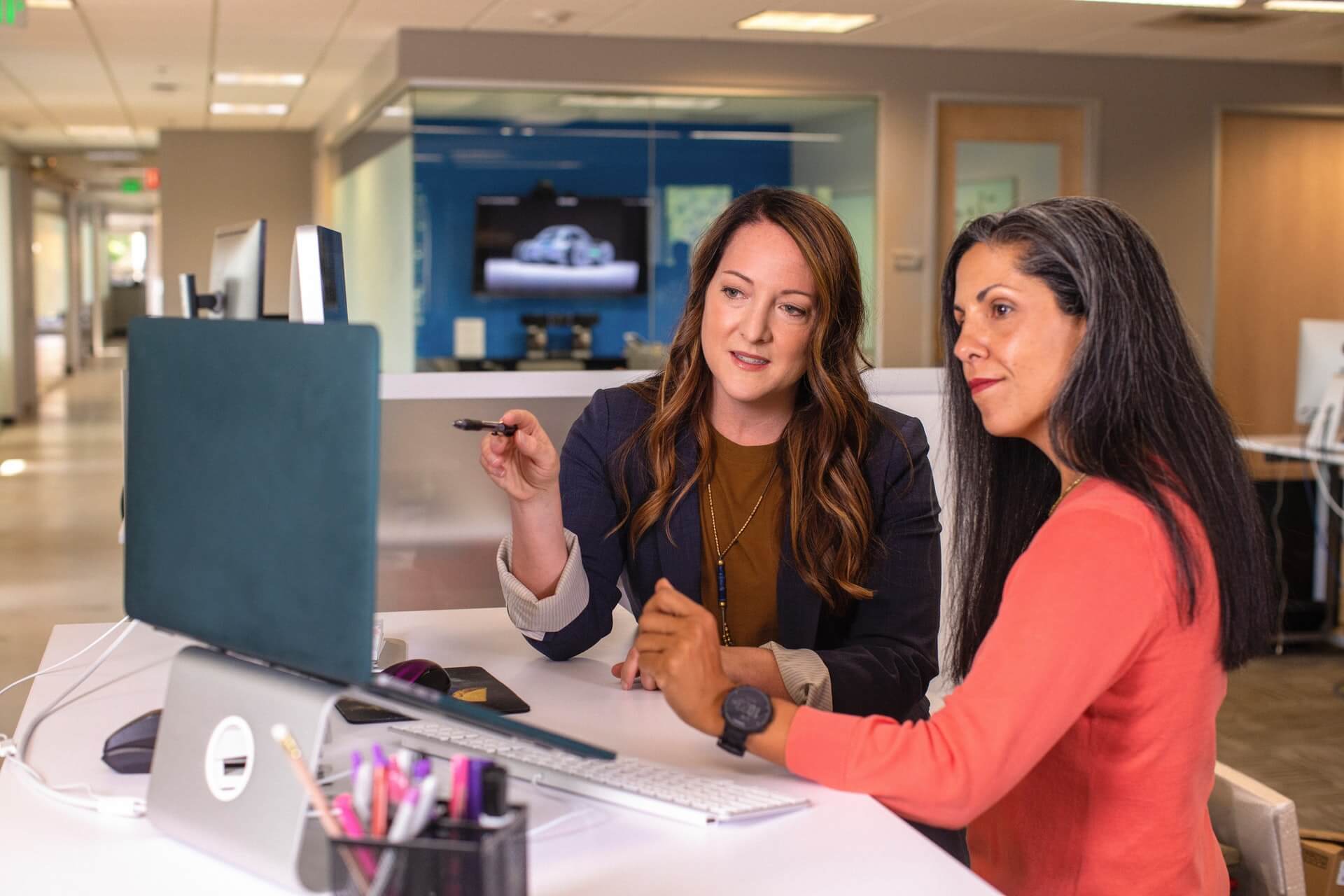It’s important to understand that, for many nonprofits, the benefits of conducting a successful capital campaign often extend beyond merely raising a specific amount of money. Of course, the purpose of the campaign is to raise the dollars, but an effective/successful campaign will also have a number of very worthwhile side benefits:
• The more people who support/give to the campaign, the more people who
create/enhance a bond with the nonprofit organization.
Where the “campaign” period (the actual timeframe needed to attain the dollar
goal) should be as short as possible, the visible campaign can last much longer —
as long as needed to involve as many members of the organization and/or the
community as is realistic. To a point, the more people involved, as volunteers,
donors and/or event participants, the larger your constituency becomes and the
stronger your constituents bond with your NPO.
• It makes everybody feel good – campaign leadership, volunteers, donors. It makes
all those folks feel good about success, and it makes them want to stay involved
with the organization.
People that have been leaders/volunteers for a successful capital campaign take
away a feeling of accomplishment, of satisfaction, that they will likely want to repeat.
• It gives others (potential leaders & donors) a look at how an organization
treats/recognizes its volunteer leaders and donors, and makes them think about
how they could get the same “treatment/recognition.”
Different people have different needs that have to be satisfied.
If people who were not involved in your campaign see how the needs of others were
satisfied, next time there is an opportunity to participate as a leader/volunteer these
folks would be more likely to want to be involved.
• When properly publicized/marketed, it educates a broad spectrum of participants
and non-participants about an organization’s mission, leadership and current
and future programs/services.
A campaign goal can represent many needs to be satisfied with a specific dollar sum.
Once the goal is attained, each of those satisfied needs can be discussed in various
kinds of publicity/marketing pieces over many months after the campaign. Every new
and/or expanded service the NPO provides is something to brag about!!
• Donors tend to give more to a major campaign than they have to the organization’s
ongoing fundraising; and, after completing their campaign commitment, they tend
to give at levels higher than they gave before the campaign.
In essence, a capital campaign can have a great impact on an organization’s marketing and community relations.
=-=-=-=-=-=-=-=-=-=-=-=-=-=
Have a comment or a question about starting or expanding your basic fundraising program, your major gifts fundraising program or a capital campaign? Email me at [email protected]. With over 30 years of counseling in major gifts, capital campaigns, bequest programs and the planning studies to precede these three, we’ll likely be able to answer your questions.










